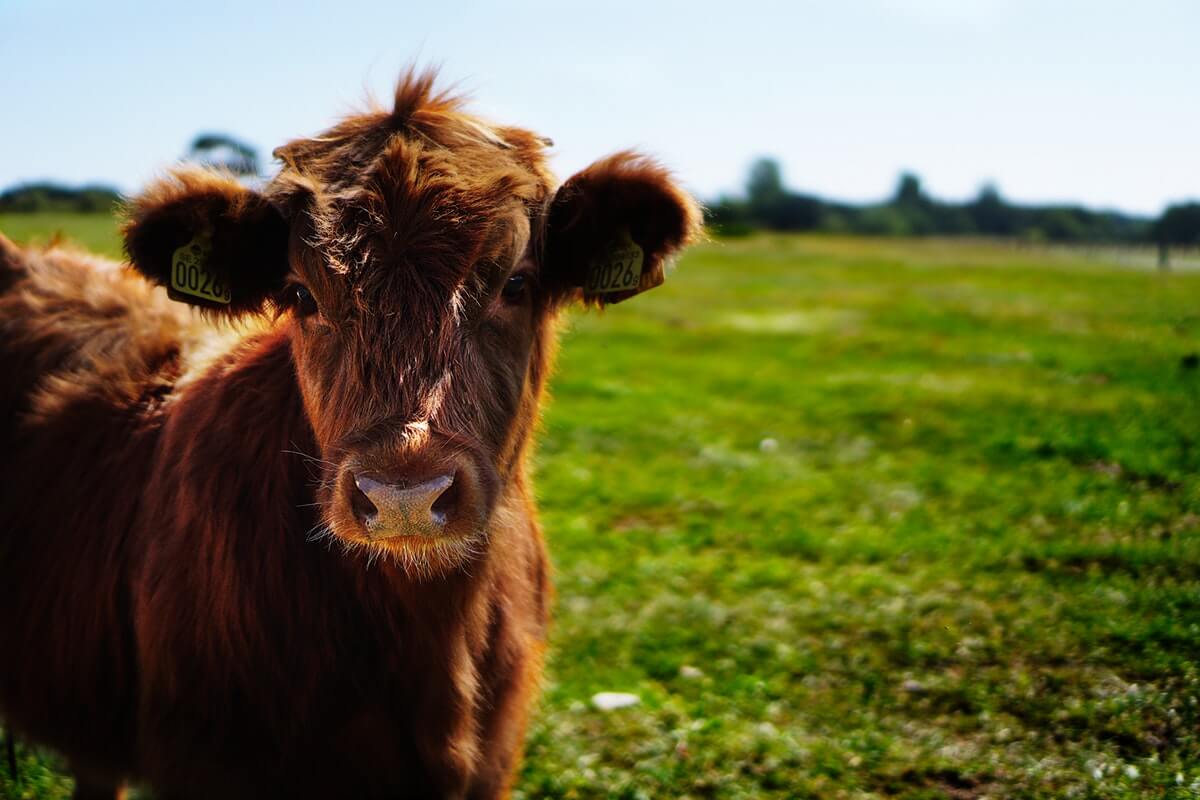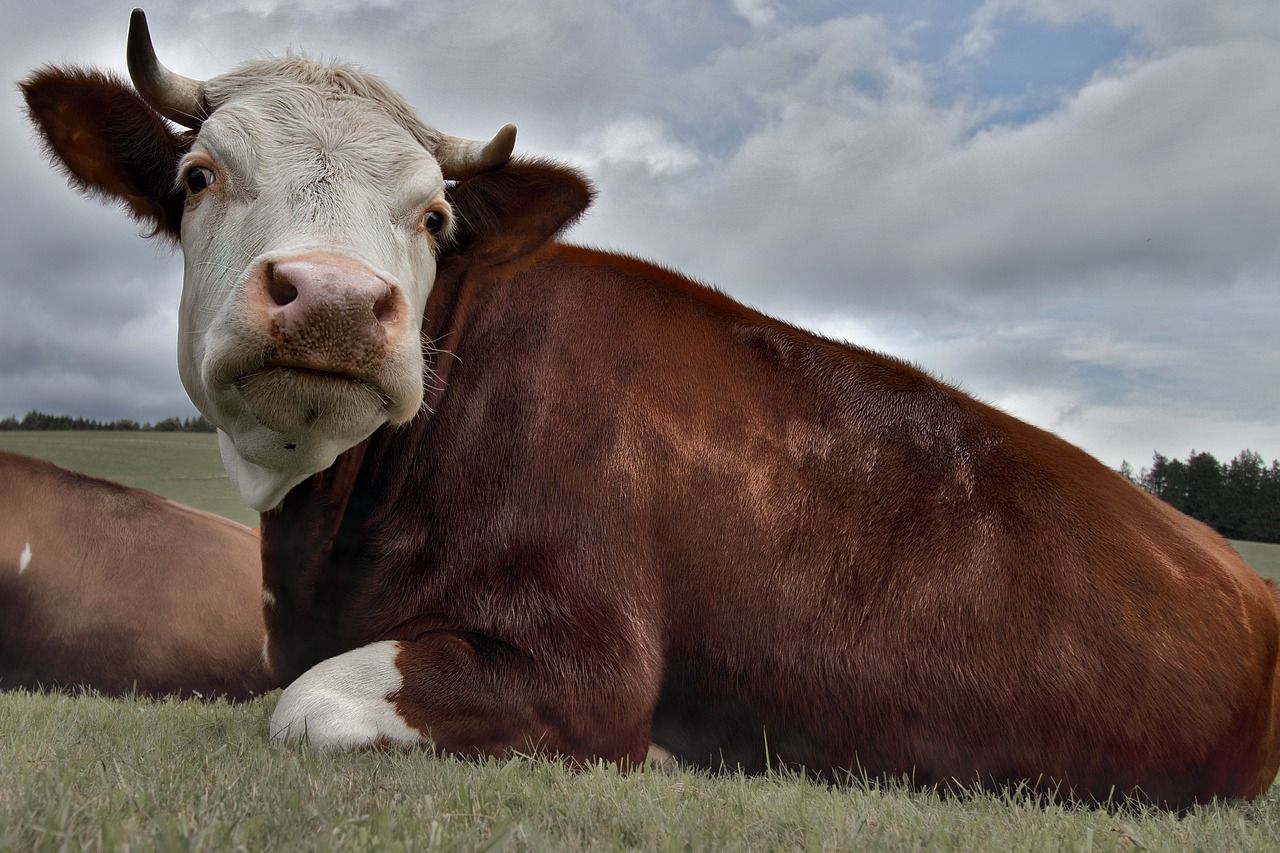If you have a cow, do you have to milk it every day? What happens if you don’t? Do cows need to be milked? Will a cow die if not milked? The answer to these questions depends on a number of different factors. In this article, we explore those factors and explain what happens if you don’t milk a cow every day. Read on to learn more.
What You'll Learn Today
- What Factors Determine How Often You Must Milk A Cow?
- At What Age Does A Cow Begin Producing Milk?
- Not Milking A Dairy Cow Causes Many Serious Problems
- Will Not Milking A Dairy Cow Cause Her To Die?
- What If You Can’t Milk Your Cow Today?
- Long Term Planning Can Give You And Your Cows A Natural Break
- How Many Years Can You Milk A Cow?
- Frequently Asked Questions
What Factors Determine How Often You Must Milk A Cow?

The age, breed and purpose of the cow in question are all important factors in determining how often (or whether or not) you should milk her.
For example, a dairy cow who is kept for the sole purpose of producing milk and does not have a calf at her side needs to be milked every day because she is a breed of cow that produces a lot of milk.
Failure to milk her at least once a day will cause a great deal of pressure to build up in her udder and could lead to rupture of the skin and serious conditions, such as mastitis.
A dairy cow who does have a calf at her side may produce enough milk for you to milk her once a day and have plenty of milk for your family and her calf.
This cow does not necessarily have to be milked daily because the nursing calf will prevent problems with excessive milk buildup in its mother’s udder.
After the calf is naturally weaned, a dairy cow may not dry up naturally, so you’ll need to continue to milk daily. You may even need to increase milking to prevent problems.
The age of the cow in question will be one determining factor in whether or not her milk dries up quickly after her calf is weaned. Older cows produce less milk than younger ones.
A meat breed cow never needs to be milked. She will typically produce just enough milk for her calf.
When the calf is weaned, her milk will dry up naturally, in two-to-five weeks, without any problems or complications, regardless of her age.
Check also our article on how to milk a cow step by step.
At What Age Does A Cow Begin Producing Milk?

A cow under the age of two is called a heifer. If she is being retained for breeding (not meat) or for milk production, she will have her first calf when she is two years old.
At this point, she is properly called a cow, and she will begin producing milk to feed her baby, usually about four gallons a day.
Dairy cows typically produce much more milk than is needed to feed their calves. You can expect a dairy cow to produce about eight gallons of milk a day.
Milk production continues for five or six years, but begins to decline as the years pass. A young dairy cow may need to be milked once a day while she is feeding her calf.
If her calf is taken away, she’ll need to be milked two or three times a day. As she ages, the number of times to be milked daily will decrease.
Not Milking A Dairy Cow Causes Many Serious Problems

If a dairy cow’s calf is taken away to increase milk production and you suddenly stop milking her, she will continue to produce milk at a rate of eight gallons a day.
Naturally, this causes the udder to swell painfully. It may cause the cow to have difficulty lying down, standing or moving about. If neglected too long, the udder may burst and become infected.
Will Not Milking A Dairy Cow Cause Her To Die?
Yes, if the udder bursts and becomes infected, the cow could die. Additionally, if she develops mastitis (inflammation of the udder) and does not receive treatment, she could die.
Treatment of mastitis involves milking out any infected milk and treating the udder topically with antibiotic and anti-inflammatory ointments. Your vet may also prescribe oral or injected antibiotic and anti-inflammatory treatments.
While in treatment, the cow’s milk cannot be used, and her milk will probably dry up. This means that she will have to be bred again to begin producing milk again.
Clearly, mastitis is a condition to be avoided. It makes a lot more sense to just milk your cow regularly than to run the risk of having her develop this dangerous, painful, expensive condition.
TIP: Check this cow milking machine if you want a bit of help
What If You Can’t Milk Your Cow Today?

Backup is one thing you will have to think about seriously and prepare for carefully if you plan to keep a milk cow.
Keeping livestock, in general, means saying “goodbye” to days off. Your cattle and other animals need to get food, water and consistent care every single day.
If you are keeping meat cattle, this can be as simple as keeping a big trough full of clean water and making sure that round bales of hay and good pasture are always available. If you are keeping dairy cattle, it means daily milking.
Be sure to line up help that you can call on in case you fall ill or get hurt. Your cows and other livestock will need daily care. Failure to provide it is neglect.
Long Term Planning Can Give You And Your Cows A Natural Break
It is possible to plan your farm care in a way that gives you a break from milking in the winter. This means breeding your cows strategically so that they give birth very early in the spring.
Allow the calves to stay with the cow and, also milk. This will result in less milk production; however, it also results in good calves that you can sell, use for meat or raise to replace your cows when they age.
When you wean the calves mid-summer, you may need to increase milking initially, but you can gradually taper off so your cows can dry up before winter comes.
You will also want to have your cows bred midsummer so they will calve early in the spring to start the cycle all over again.
If you are not keeping a large scale commercial dairy, this kind of schedule can give you and your cows a natural break during the winter.
In the long run, this scheme results in healthier, happier cows and contributes greatly to your own quality of life.
Why We Don’t Milk Our Dairy Cows In The Winter
How Many Years Can You Milk A Cow?
An average cow can live for about 18-20 years, and can start producing milk from the age of 2-3 years, i.e. once she gives a birth to her first calf.
In commercial settings, a dairy cow typically retires when she is 6-7 years old and/or her milk production drops (whatever is earlier).
In a homestead or small farm settings, it’s not uncommon to have a 10+ years old cow producing milk on a regular basis.
As always, that also depends on a number of factors, such as breed, overall health, availability of good organic pasture, etc.
So what happens to dairy cows when they stop producing milk? Well, this is unlikely to surprise you – most of them are slaughtered and used for a meat production.
Frequently Asked Questions

If you can give your cow one or two acres of good grazing pasture, she will be happier, and you will spend a lot less on feed and hay. A cow kept on good pasture can thrive on grazing alone in the spring, summer and autumn and will just need hay in the winter. This is true even if she has a calf at her side.
Generally speaking, a producing milk cow will need thirty or forty pounds of hay every day.
This depends on what you want from your milk cow. If you are keeping a family milk cow, she will probably produce plenty of milk for your family’s use and then some on a diet of grass and hay. If you want to produce milk commercially, adding grain to the diet will boost production.
Once a cow has been bred, produced a calf and nursed the calf, her milk cycle can last for two or three years. It will eventually taper off. Then you will need to have her bred again to start a fresh lactation cycle.
If you do not allow the cow to keep her calf, you’ll need to milk twice a day. If you allow her to keep her calf initially and still allow some time for cow and calf to be together as the baby grows, you will only need to milk once a day.
I would like to know, before dairy was milking a cow necessary?
When people had their own cow.
Isn’t it like we have exploited the animal by milking it or increased its capacity of giving milk.
What was the scenario pre dairy ?
Dairy cattle are bred for greater milk production, but any cow that is kept primarily for milking must be milked daily. Any cow (dairy cow or otherwise) that is producing milk and has a calf at her side will not need daily milking. Small farmers keeping cattle prior to the advent of the commercial dairy industry would have established their schedules according to these factors.